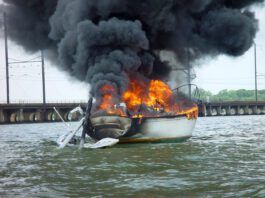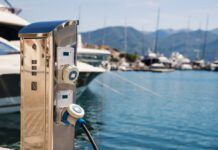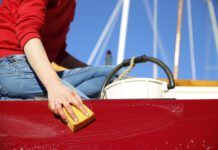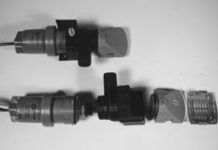DIY Installation Tips From the Pros
We made some calls to a few well-respected boat yards and asked their electricians what problems they have experienced with customer-installed (DIY) breaker panel...
Hydro Generators
Back in 1992, a friend of ours competed in the OSTAR (Observer Single-handed Transatlantic Race). Onboard electrical demands, especially from electronics, had recently grown,...
Top 2 Grease Cleaners vs. Homemade Recipe
Sailors - cruising sailors in particular - are famously thrifty. When each saved dollar translates to another mile voyaging, the incentive to save is...
Extend the Life of Your Sail
Sails aren’t cheap, and it makes sense to maintain them just as you would maintain a diesel engine or a set of winches. Sails...
The Do’s and Don’ts of Cleaning Your Boat
When it comes to maintaining lines, running rigging, ropes and sails, using the right cleaner takes a backseat to using the right cleaning method....
Which Specialty Cleaners Do You Need?
When it comes to marine cleaners, there’s no end to the choices available – as it should be, since there’s seemingly no end to...
How To Safely Remove the Dreaded “ICW Mustache”
We’ve all seen it. That slow buildup of brown discoloration along a boat’s waterline, sometimes growing with time to a darker brown or gray...
Tips for Gelcoat Maintenance
Painting fiberglass boats is a huge business. The development of high-gloss, long-lived polyurethanes means you can get multiple years out of a paint job....
Tips on Preventing Mildew Growth on Boats and Sails
The best way to fight mildew onboard is to keep it from ever starting in the first place. Prevention is your best defense. When...
Bilge Absorbers
The second you drop a loaded oil filter into your bilge, you realize that the most important piece of gear on your boat is...













































